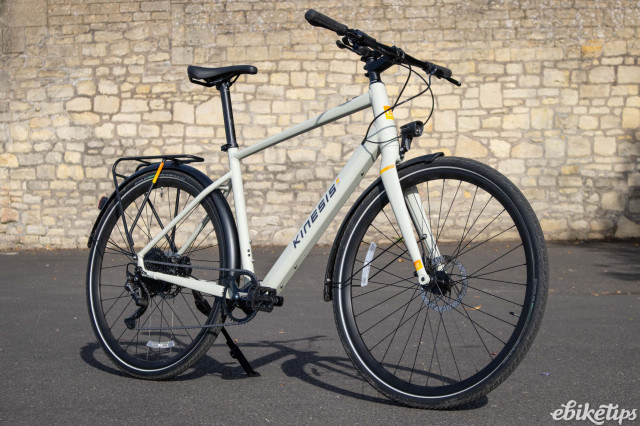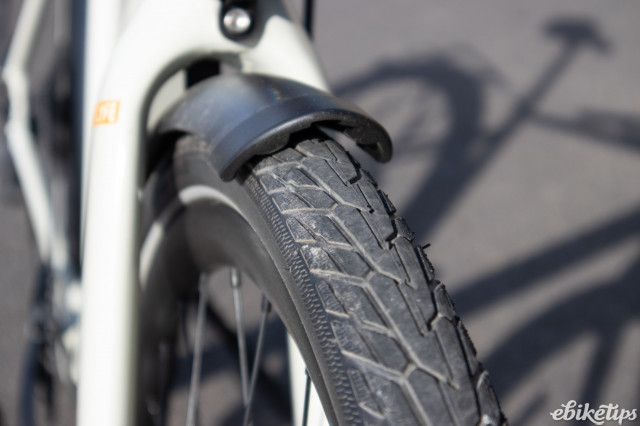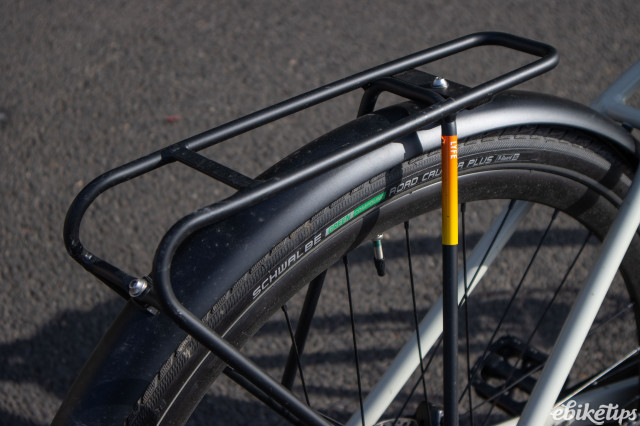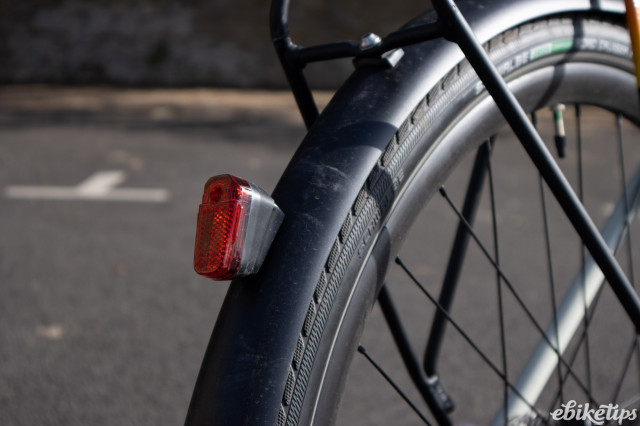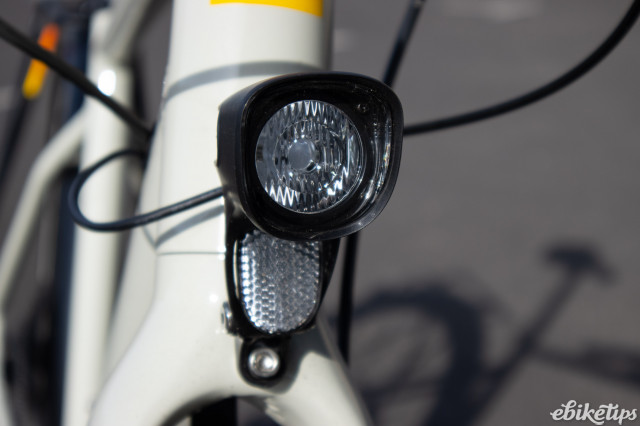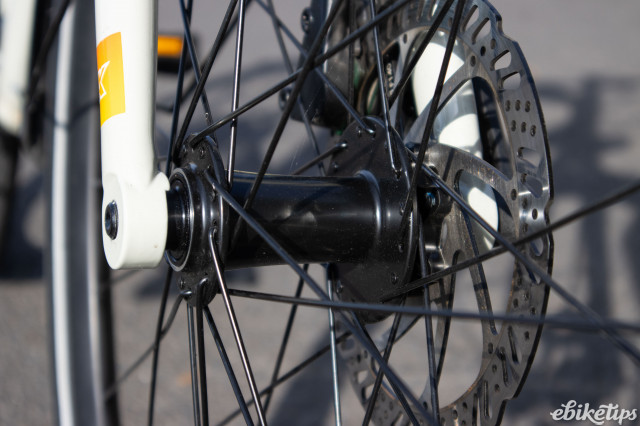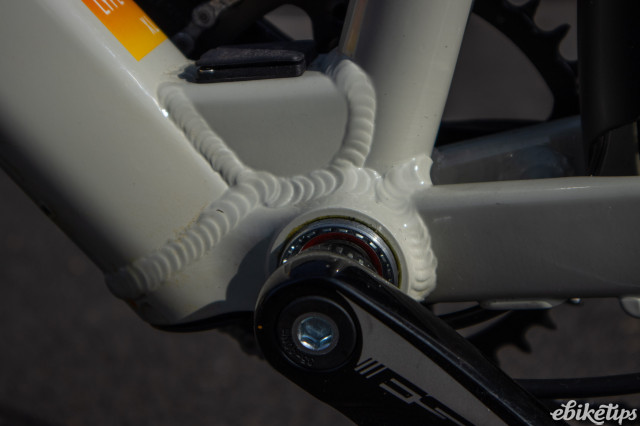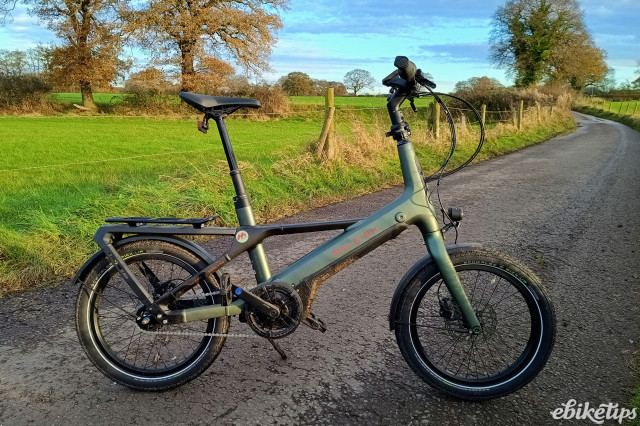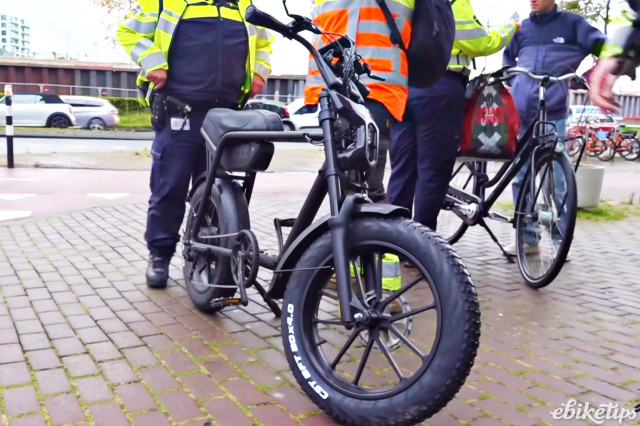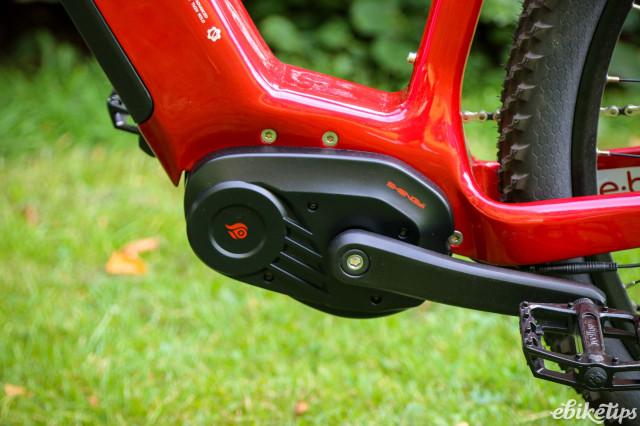Review: Kinesis Lyfe
Overview
- Comfortable riding position
- Good quality components throughout
- Nice range of accessories
- Small battery
- Can feel like something is missing
Kinesis’ lightest e-bike to date, at 16.5kg for the base model, the Lyfe is a comfortable take on a classic ride. The Ebikemotion X35 rear hub motor gives things a firm push in the right direction, but one glance at the price label and you might wonder what you’re missing.
Two versions of the Lyfe are available, and the one we have here is the ‘Equipped’ model, which boasts lights, an integrated rack, and a kickstand. This makes it half a kilo heavier than what we can only assume is called the ‘Unequipped,’ and £100 more expensive. Whichever one you choose, you’re looking at a nice hybrid city bike, with its electrical doohickeys so well hidden you’d think it was an unpowered bike.
The main reason for this is the battery, which is integrated into the frame. This is fine until you come to replace it, of course, but the 250Wh unit installed in the Lyfe should be good for 75km (45 miles) and we’ve no reason to doubt that, as long as they’re not all uphill. The other reason is that rear-hub motor, which nestles behind the cassette and blends in with all the gears and chains and cables you expect to see back there.
It’s a great look, a sort of stealth e-bike the eyes of potential thieves may just slide off of, unless they assess the thickness of that downtube and put two and two together to get 250. We’d suggest sticking a basket on the front as an additional anti-theft measure, but the rack on the back would seem to make that redundant.
With the handlebars high and the saddle relatively low, you’re in the sit-up-and-beg riding position, and it’s a comfortable place to be. The saddle is held in position with a quick-release clip, and it’s easy to move it up and down.
While Kinesis doesn’t seem to have set a maximum weight limit for the bike (sizes are available for riders up to 5ft 10in) if you’re particularly broad of behind you may find the saddle slips a bit, especially if you take the Lyfe over bumps. It’s a disconcerting sensation to feel a sudden descent in that area, not to mention how the change of height can lead to your knees taking a wider approach to pedalling as a result. This will not be a problem for most people - the Eskute Wayfarer uses a similar release and generated no complaints.
In motion, the Lyfe delivers a smooth ride. The wheels are big enough, the tyres wide enough, that anything the city roads can provide is just slipped past. Taking it on an unpaved country track - those aforementioned bumps - gave it no additional problems, the motor able to keep pushing forward when set to its highest output without the rider feeling unduly overexercised
There are three power settings, plus a frictionless ‘off,’ and switching between them is a simple matter of pressing the single button integrated into the frame at the very front of the crossbar. Our review sample came with an additional cycle computer that also allowed us to make changes to the power level, and we found this was the easier way to do it, as the button is too low and too far forward to press comfortably while still pedalling and steering.
We also found that the Lyfe needed to be left in its highest mode for much of the time, the 250W motor not kicking out enough juice otherwise. This is particularly true when approaching any kind of hill, but then these are always the toughest test for an e-bike. Skimming about town, following paved cycle tracks, or carrying home the groceries from a supermarket a few miles away are all well within the Lyfe’s capabilities. The lightness of the frame makes it easy to lift on and off a carrying rack, and as long as you don’t go for terrain that’s too hard, it would make a decent e-bike for riding in places more remote than the high street. Just watch that 75km range.
The motor springs into life smartly as the pedals turn, but when they stop there’s a distinct slap and pop sensation that seems to ring through the frame. It has no noticeable effect on the ride quality, but once you notice it happening it refuses to blend back in with the usual background noise of city riding.
There’s a voice in the back of every cyclist’s head constantly whispering that having more gears must be better, but the ten supplied with the Lyfe turn out to be nicely spaced and capable of attacking any paved surface, the Shimano Deore shifter on the right of the handlebars making everything seem easy. The brakes are good too, hydraulic Tektros with 160mm discs, while the saddle and pedals are nothing special, but provide a comfortable enough ride. There’s no suspension to complicate things, and the charging point is centrally mounted, just on top of the bottom bracket, meaning it’s accessible from either side of the frame. It requires a bit of bending to reach, though.
The Lyfe is utterly competent but a little dull, and it sits at a rather competitive price point, which may be a problem for it. The Riverside 540e is similarly priced, the Crussis e-Cross 1.6 is a good chunk less, while the Eskute Wayfarer comes in at less than half the price. What you get is a really nicely made, British-designed e-bike that has quality components, enough range for a day out in the city, and which can handle a little bit more too if you need it to. If those things are important to you, then it doesn't look as bad a value proposition as it might at first glance.
